Bockscar (The Plane That Ended WWII)

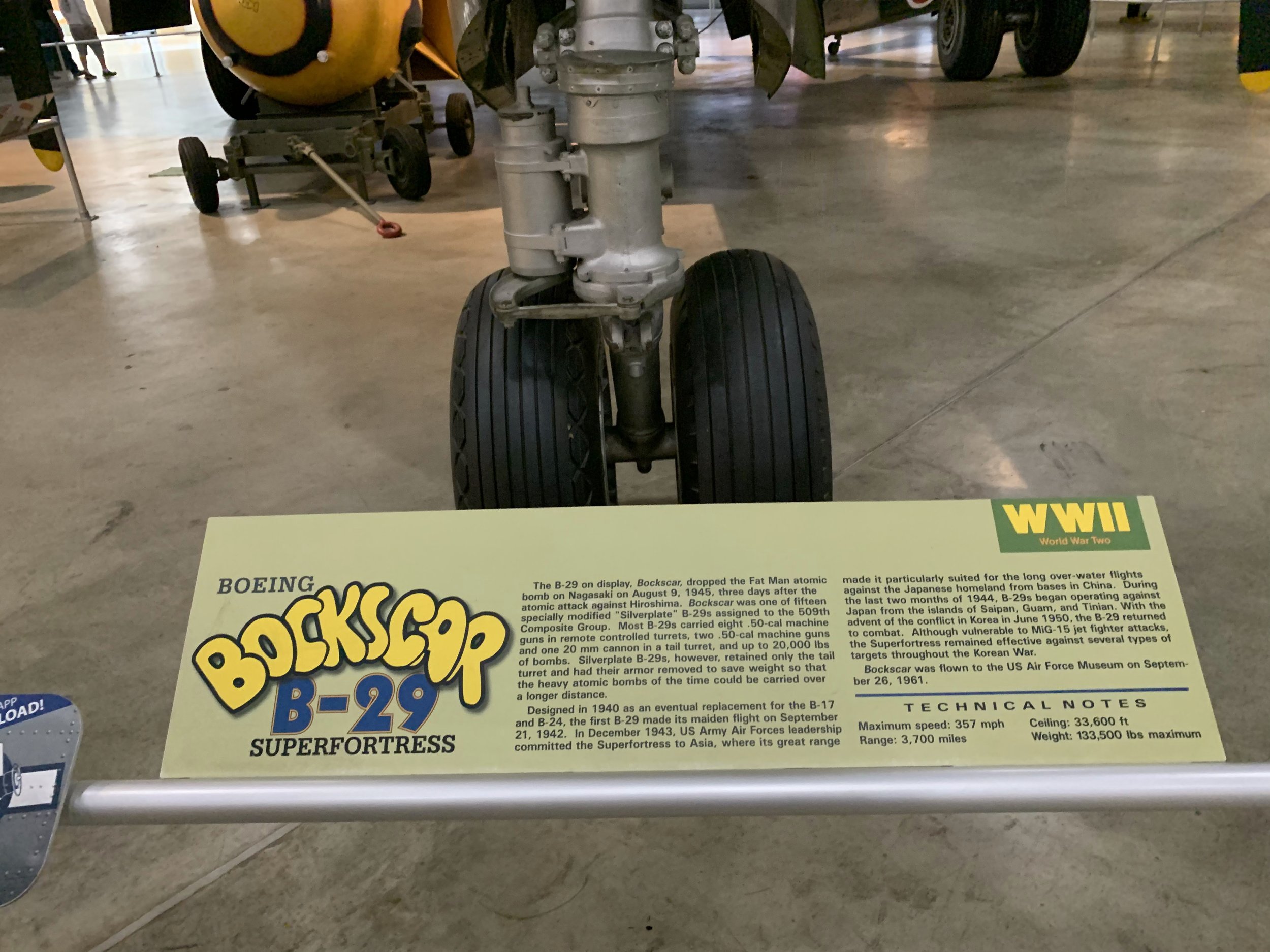
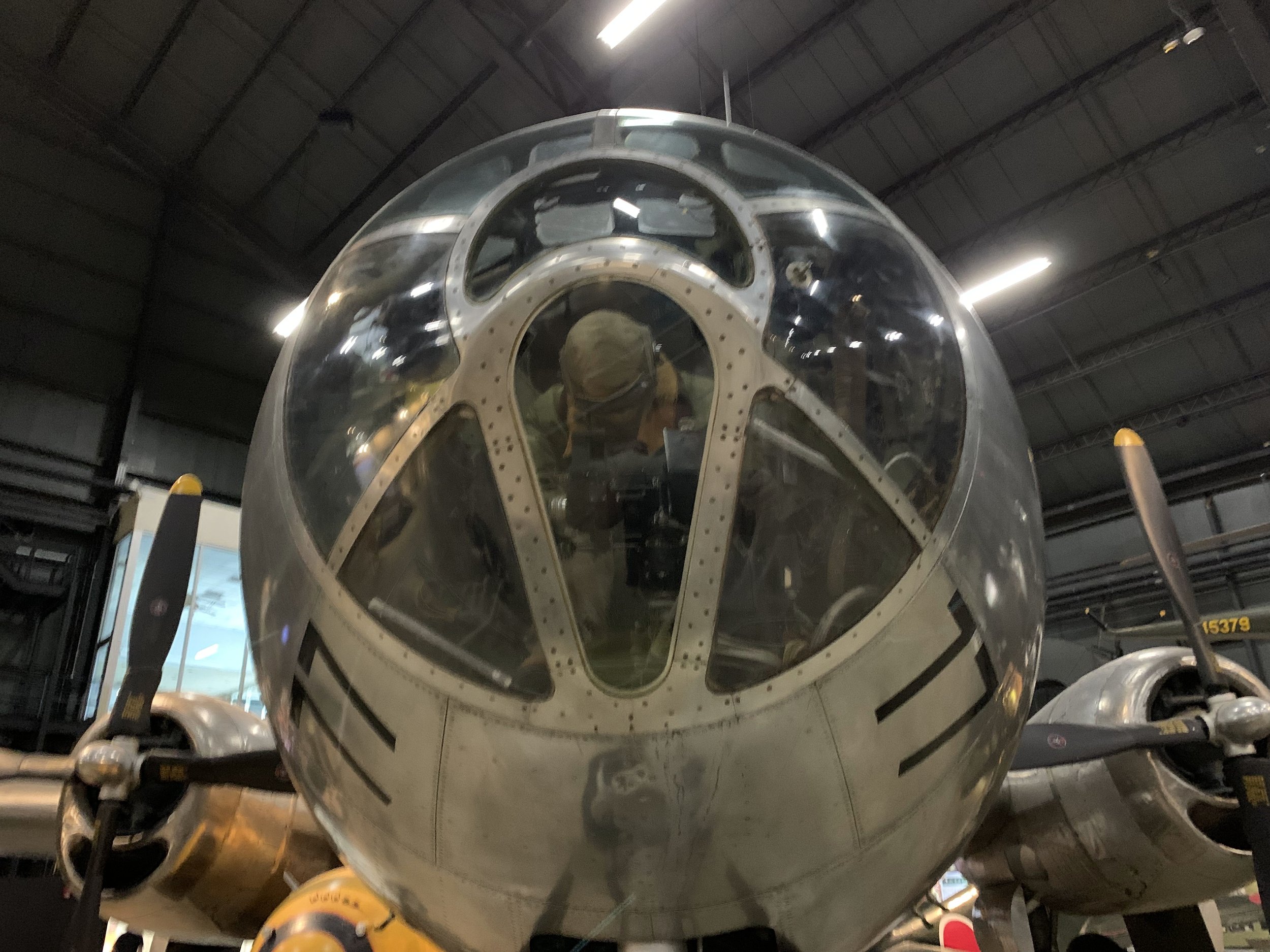
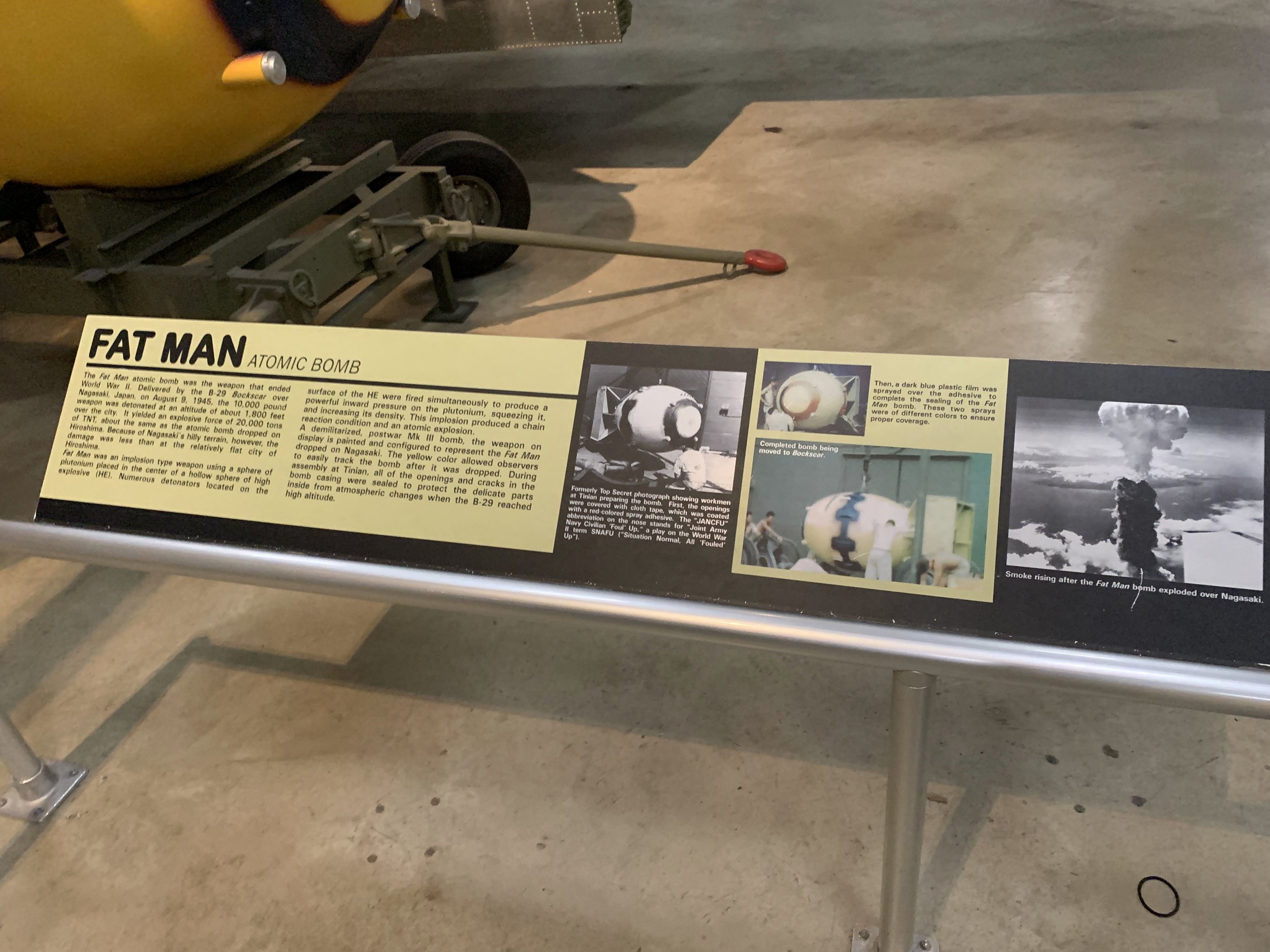
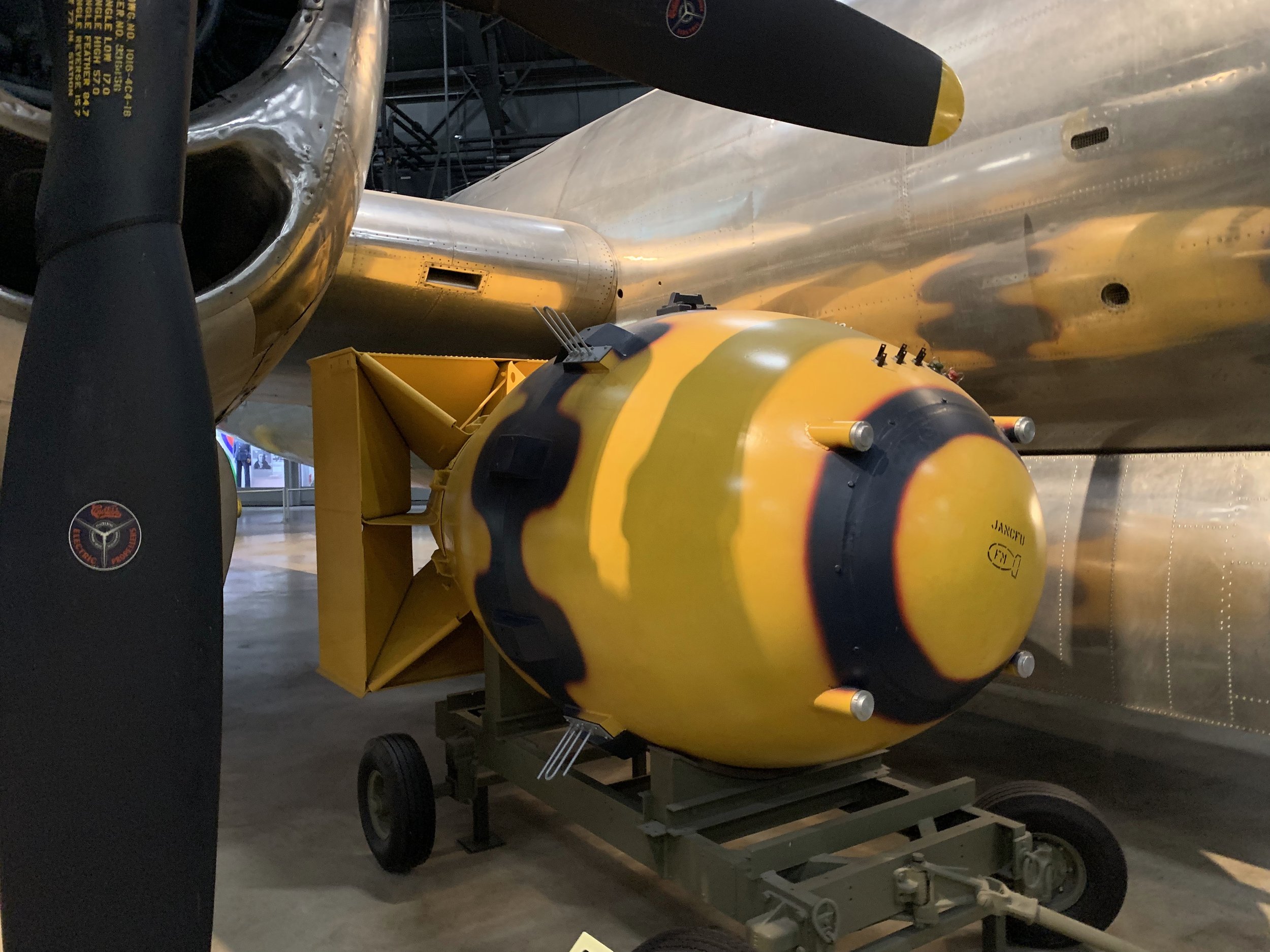
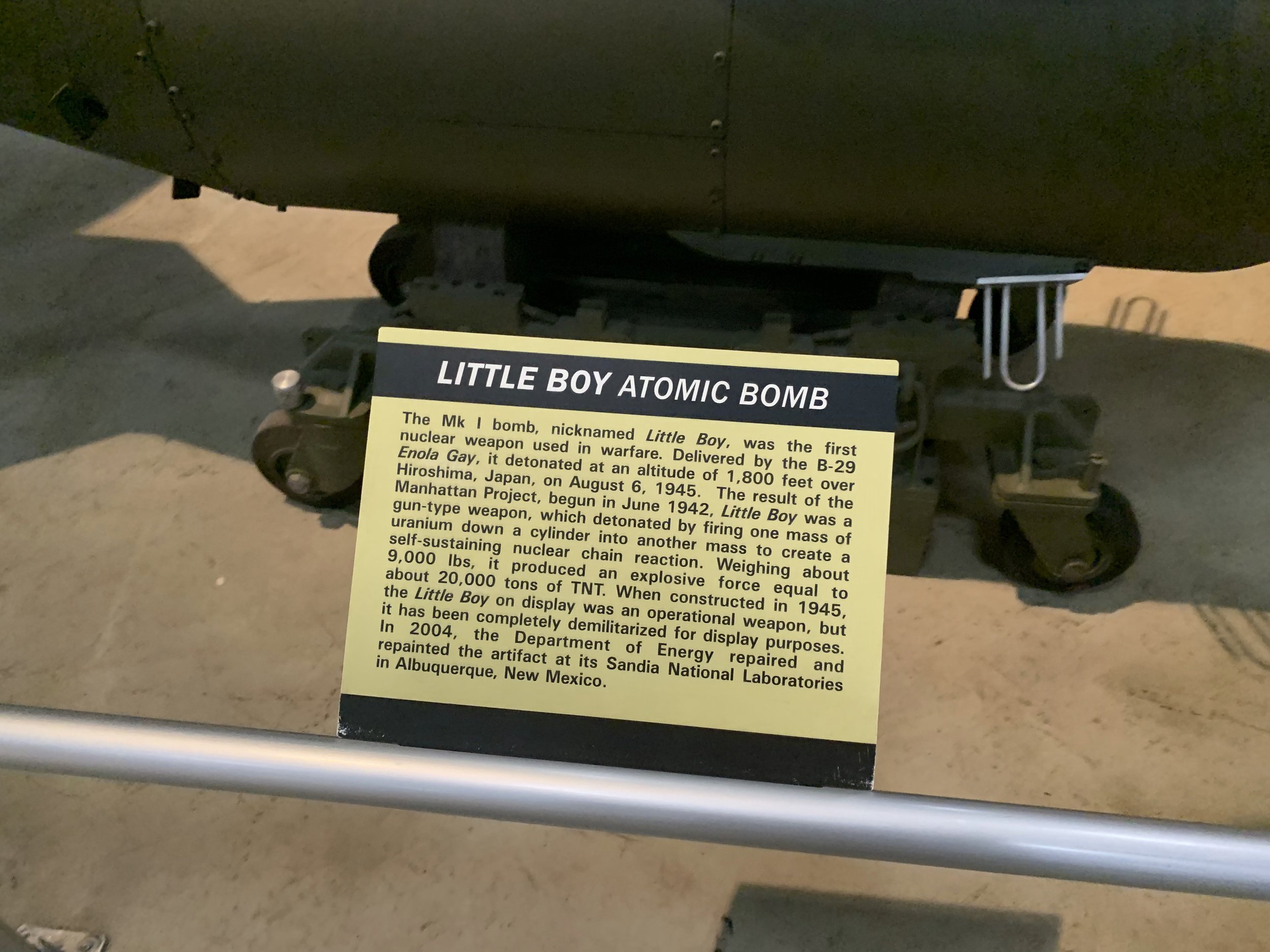
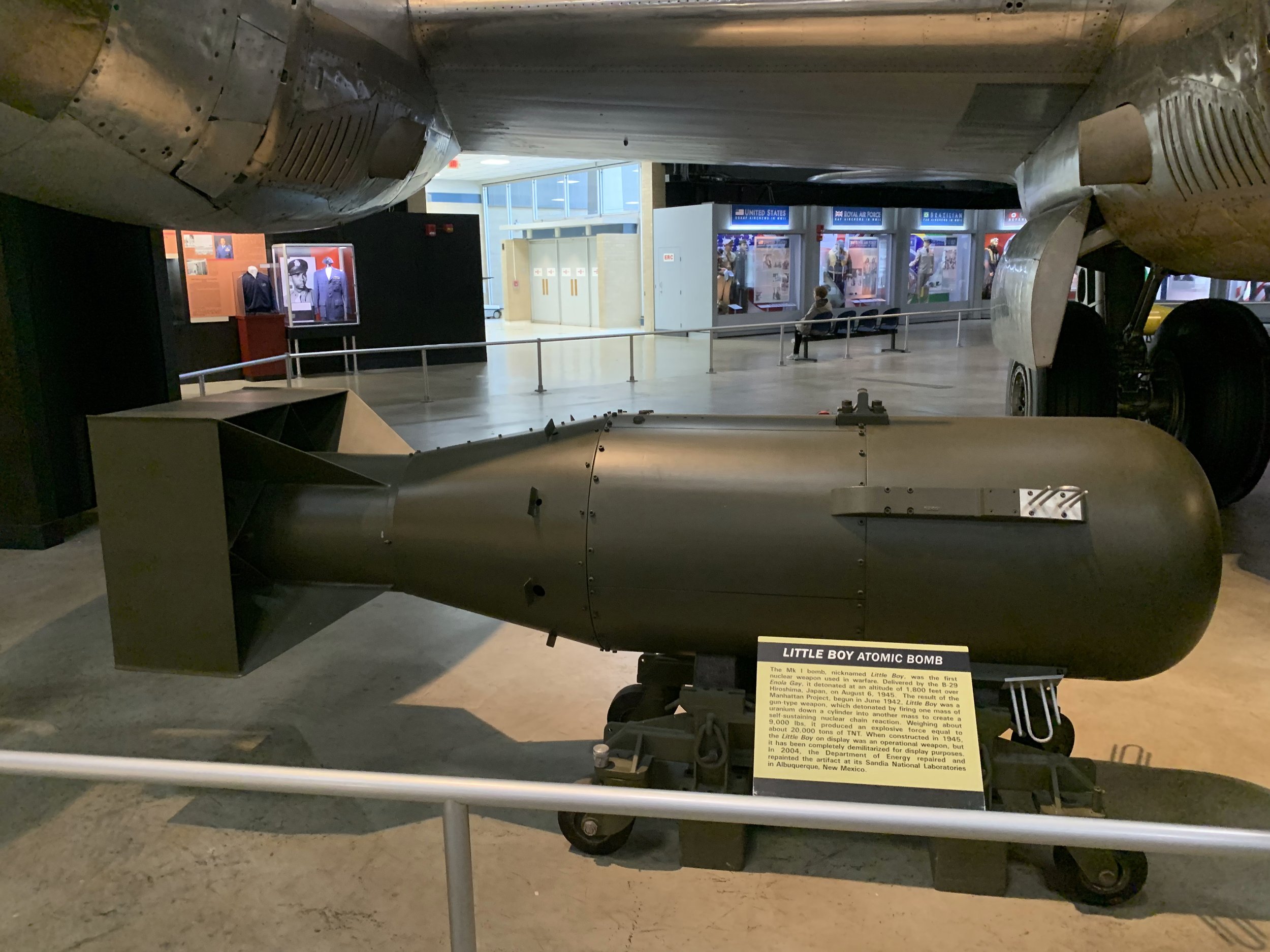
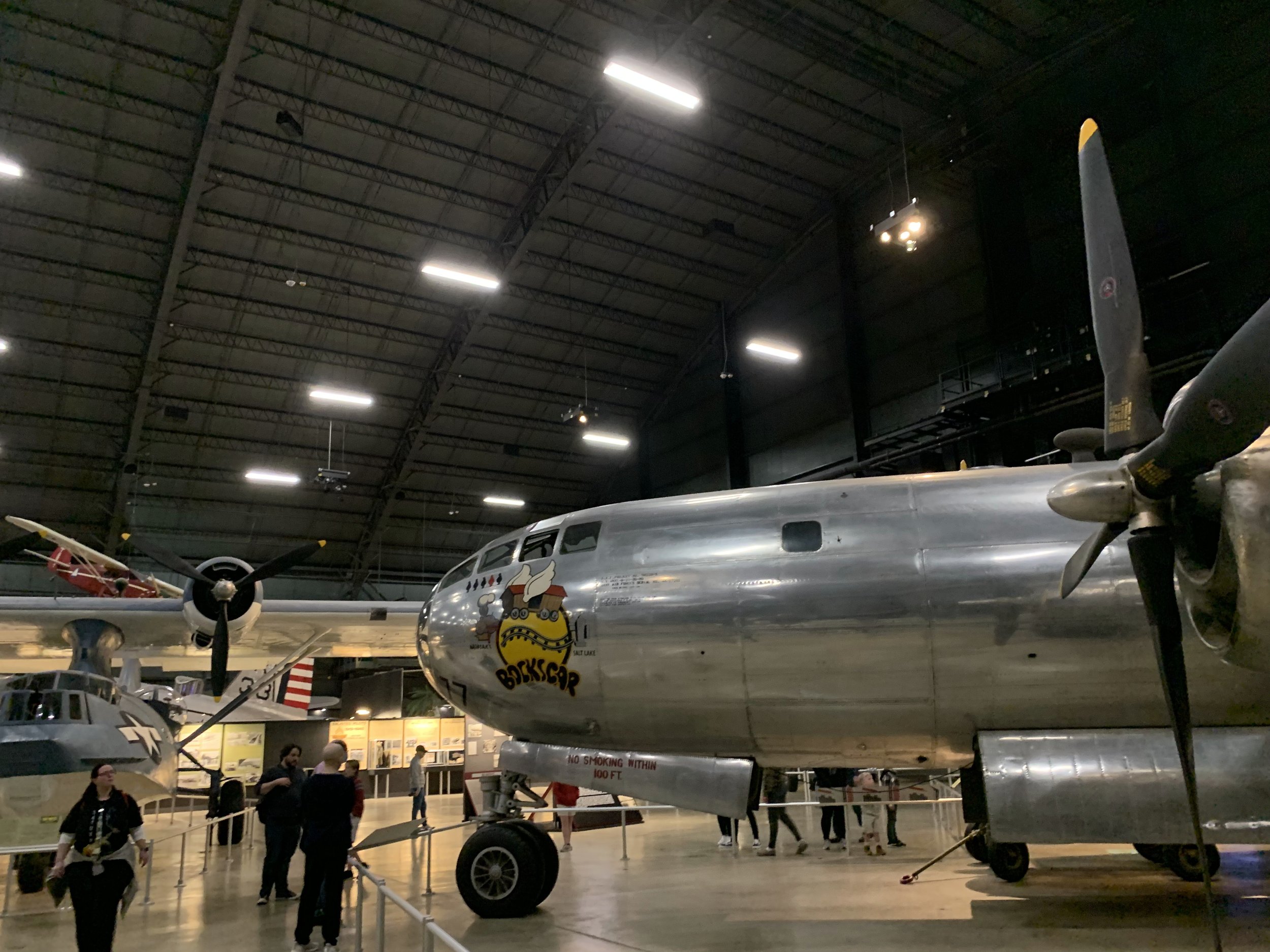

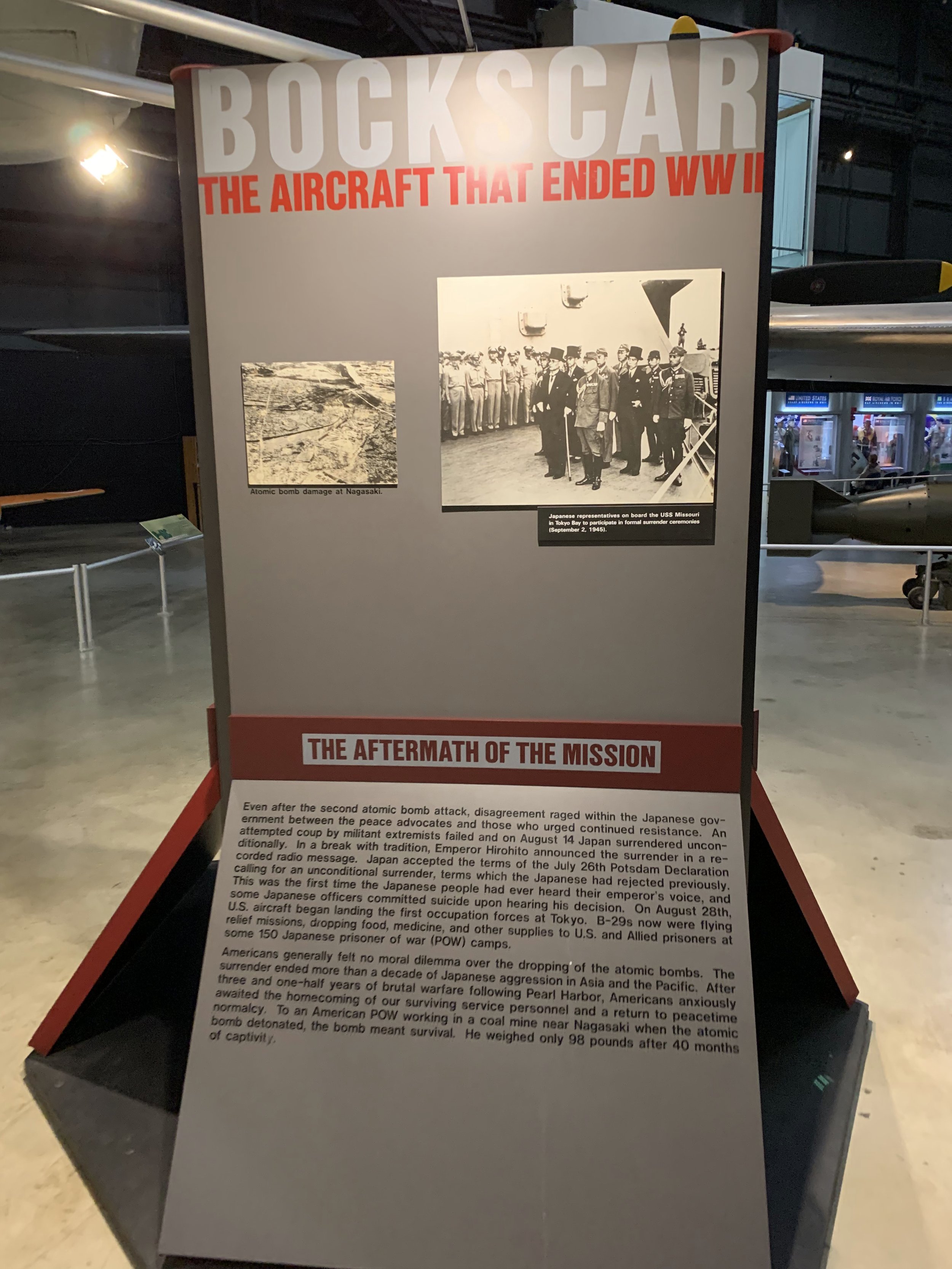
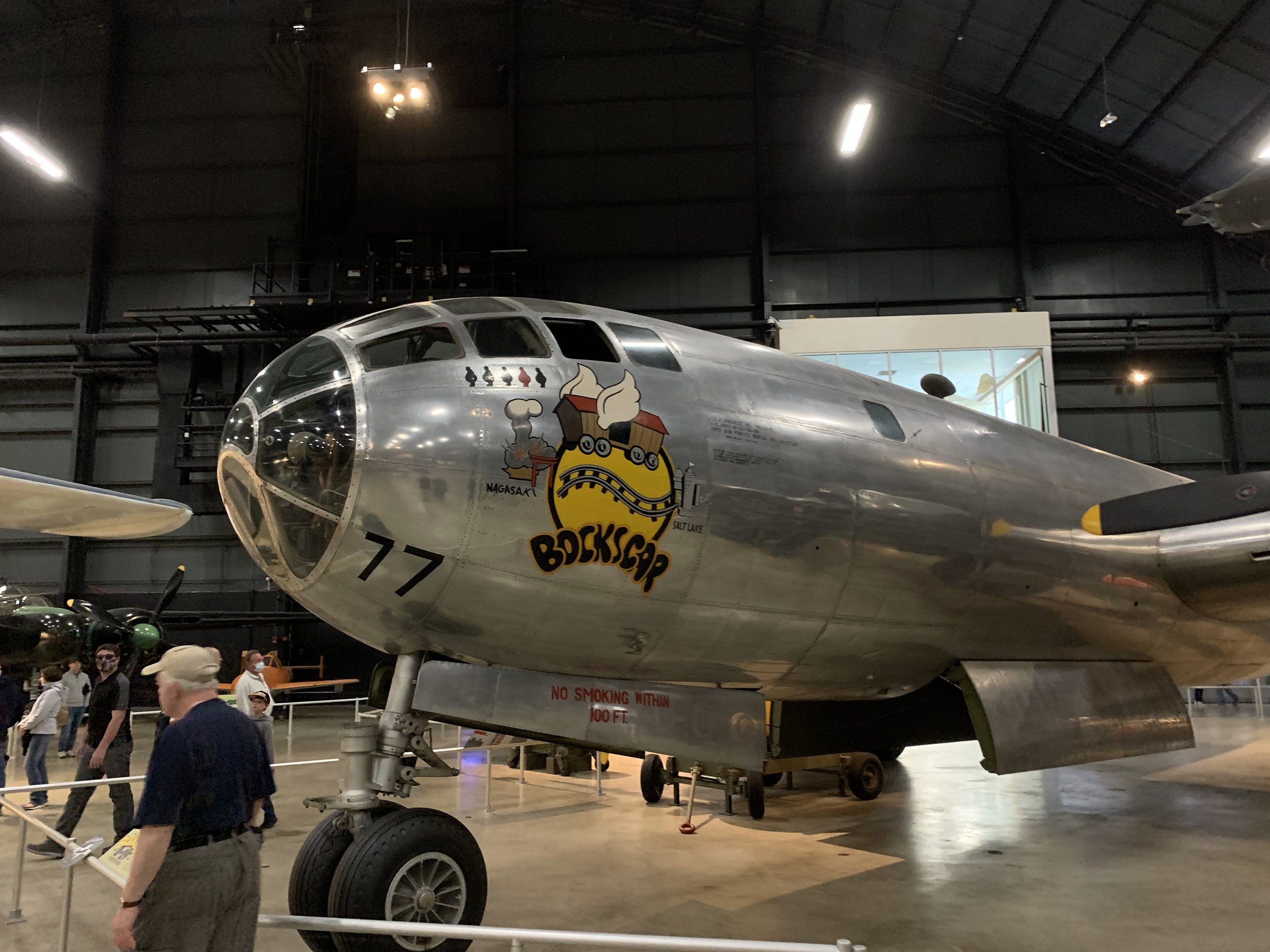
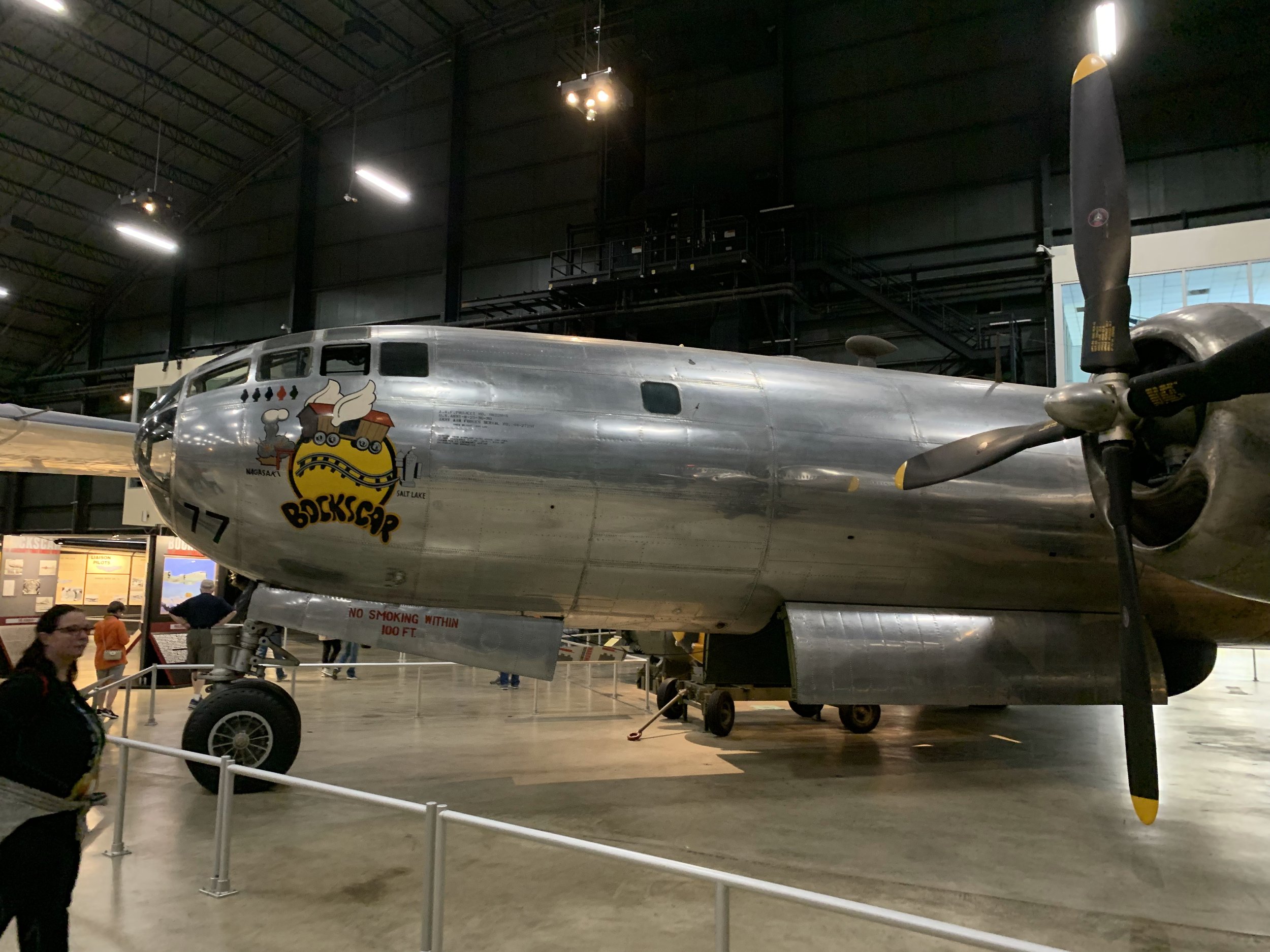
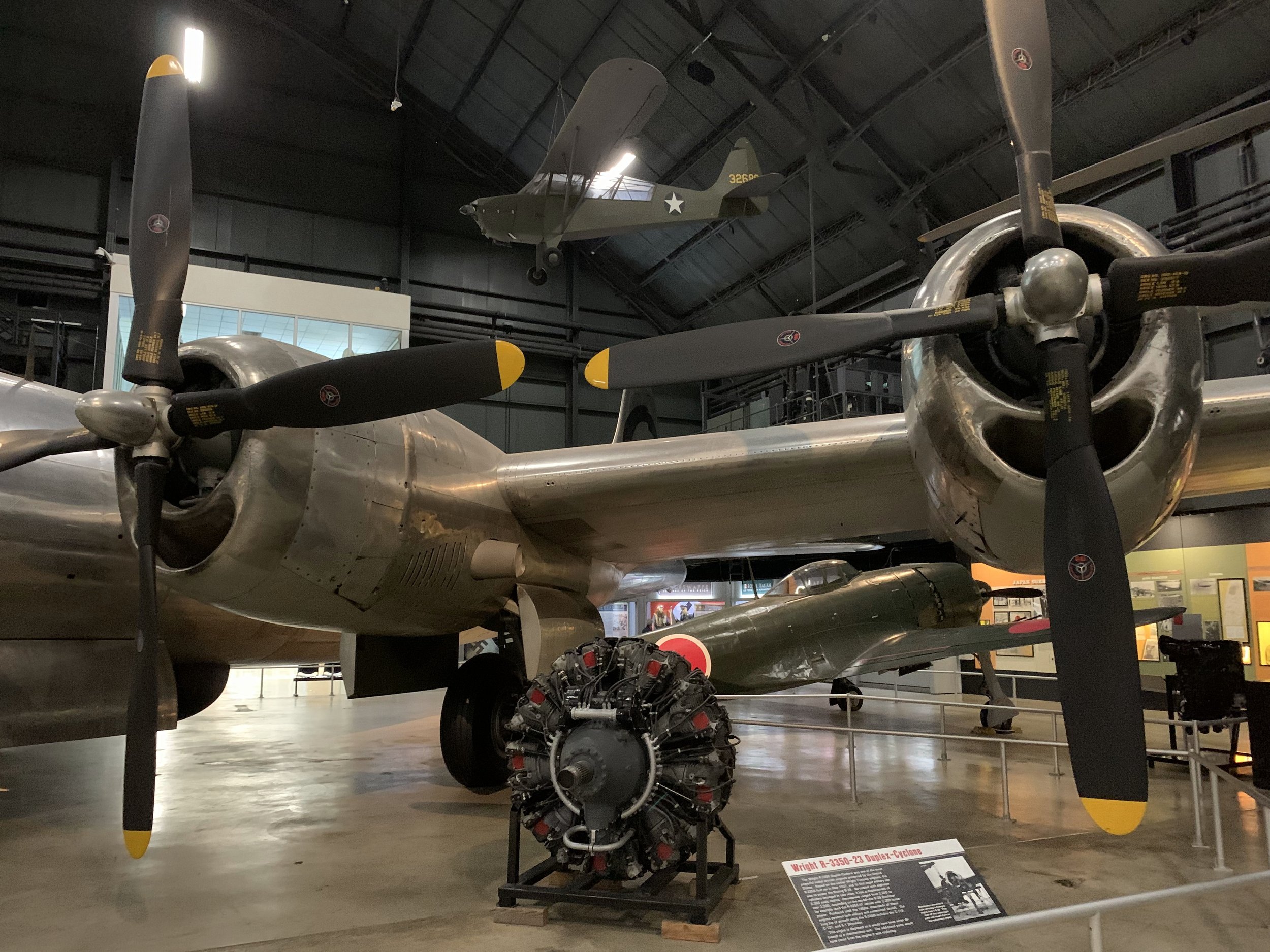
On August 9th 1945 Major Charles W. Sweeney and his crew piloted this B-29 on a most terrible mission. At 10:58 AM local time, they would drop the “Fat Man” bomb onto the city of Nagasaki. Although they actually missed their target, allowing the natural features of the land to protect a good sized portion of the city, with the flip of a switch these men would end the lives of an estimated 35,000 people, and seriously injure an additional 60,000. 5 days later Japan surrendered unconditionally, finally ending the largest war the Earth has ever known.
Major Sweeney had been handpicked by his commander Colonel Paul Tibbets (who had previously flown the Enola Gay to deploy the world’s first atomic bombing) for this important mission. However, Bockscar was not Sweeney’s regularly assigned plane. His personal craft, The Great Artiste had been outfitting with extensive scientific instruments in support of Enola Gay’s earlier mission. Rather than waste precious time swapping this gear, Sweeney chose instead to simply commandeer Bockscar for his mission.
Although it ultimately proved successful, the mission was plagued with problems from the start. Shortly before takeoff it was discovered that the plane's “fuel transfer switch” was damaged, which significantly reduced its fuel capacity. Then due to a miscommunication regarding the altitude for rendezvous, Bockscar was not able to meet up with its support plane The Big Stink. Waiting on this redezvous that never happened also meant burning additional precious fuel.
Now arriving late at their intended target, the crew found it obscured by smoke from nearby fires. Knowing that their seriously depleted fuel levels would ultimately limit their chances of success, Sweeney diverted to his secondary target. After completing its mission, Bockscar would essentially land on fumes, seeing both engines die out due to lack of fuel shortly after touchdown.
The tragic destruction of the city Nagasaki was the result of no less than 2 failures of the American military’s primary targets. By early 1945 the military had narrowed possible bombing targets down to 4 cities. Kyoto, Hiroshima, Kokura, and Niigata. However, U.S. Secretary of War Henry Stinson had honeymooned in Kyoto, and requested that it be removed from the list, leading Nagasaki to be substituted. The city ultimately had less than favorable terrain for optimum destruction (a factor that saved a good chunk of the city after Bockscar failed to hit it’s intended target point), and featured a POW camp, essentially relegating it to the bottom of the list. On that fateful August morning, smoke coverage over the primary target, and a bomber dangerously low on fuel sealed the city’s fate.
After the war Bockscar was assigned to Roswell Airforce base for a couple of years before ultimately being retired to storage. In 1946 it was signed over to the Airforce Museum, and in 1961 it was flown to it's present home at the National Museum of the Airforce, at Wright-Patterson Air Force Base in Dayton Ohio. Today it stands at the exit of the WWII wing of the museum, in honor of its historic role in ending the war.
Note: The atomic bombings carried out by The United States against Japan remain a controversial topic. By the time the bombs were ready for deployment the war had ended in Europe, and the Pacific Theater was a lost cause for the Japanese. The Imperial Government knew this, and most of the powers that be favored a surrender. Japan did want to ensure certain terms for their surrender however, and was prepared to drag the war out a bit in hopes of securing this. Meanwhile most American's were still hungry for vengeance over the attack on Pearl Harbor, and wanted nothing less than an unconditional surrender.
At the solider level, Japanese warriors were known to favor death over dishonor. The fighting that occurred already in taking several islands of Japan had seen some of the heaviest casualties of the war. America knew that an assault on the Japanese mainland would feature a significant human cost. In anticipation of this the country ordered so many Purple Heart medals that a soldier injured in Iraq today, would be issued a medal from the unused WWII stockpile.
The atomic bomb had been developed primarily under President Franklin Roosevelt, and was so secretive that Vice President Harry Truman was not made aware of it's existence until his first Presidential briefly following Roosevelt's sudden death. Reluctant to unleash such hell upon the world, Truman was finally swayed by the projected causalities, and an advisor who reportedly told him "Mr. President, what will tell the American people at your impeachment trial when they learn you could have ended the war early?"
With all of this back-story in mind, I ultimately stand by my title. The atomic bomb was not a magic bullet that saved the world and ended the war. It was however a terrible, but effective statement to the Empire of Japan. America had unlocked a destructive force beyond comprehension. There would be no grand battles where a solider could lay down his life with honor in support of the Empire. Instead Japan could either grant an unconditional surrender as the allies demanded, or it could be wiped from the face of the Earth. In this respect, the bomb released by Bockscar provided the final push needed to convince Japan to surrender, and thus ended the war.
Want to Experience This Adventure for Yourself:
Boxcar can be found in the WWII section of the National Museum of the Airforce. Admission is free, but donations are highly encouraged to support the museum's mission of preserving American aviation history.
1100 Spaatz St
Dayton, OH 45431